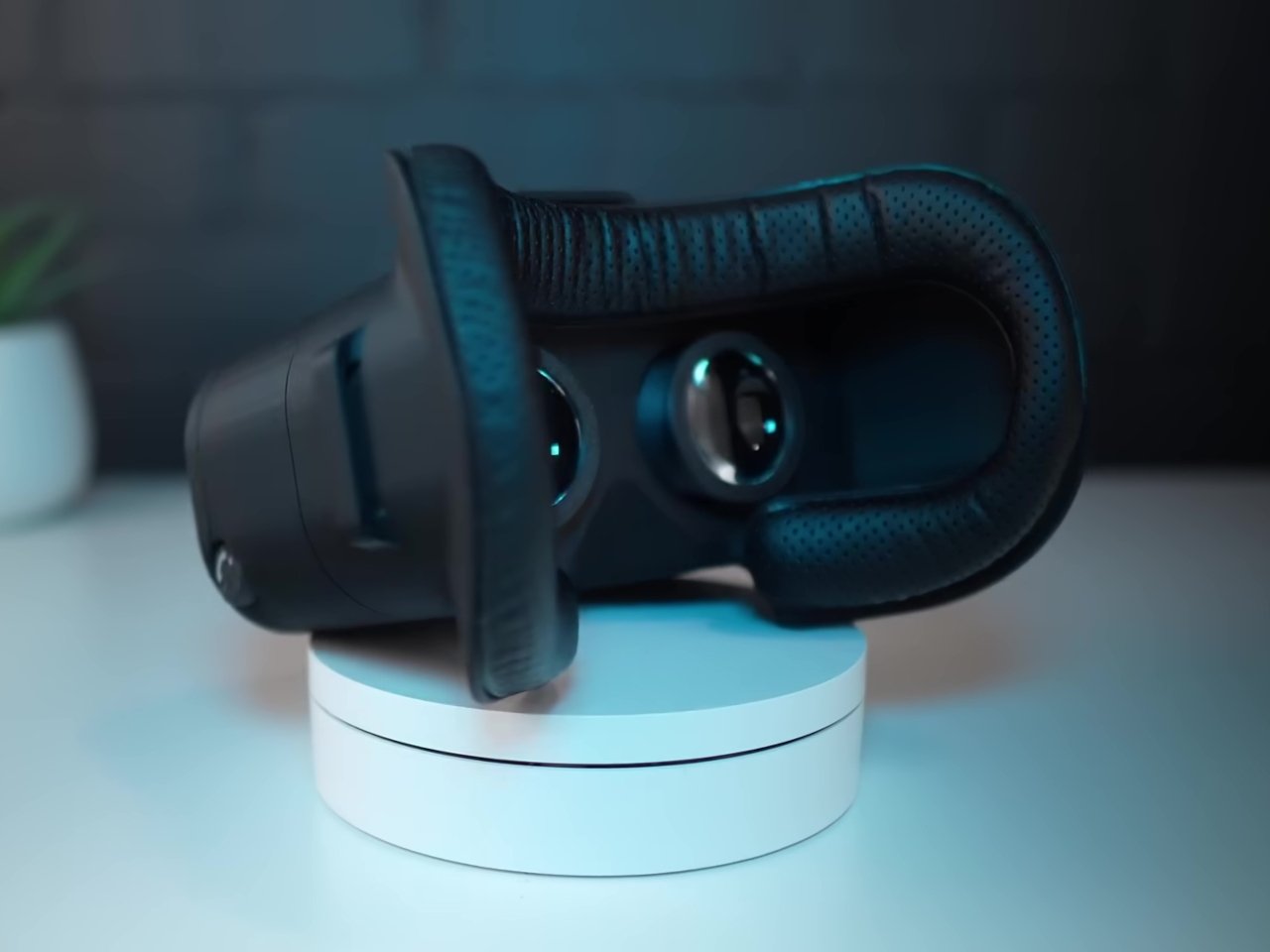Technology
YouTuber Designs $150 VR Headset Competing with Meta Quest 3

A YouTuber has developed an innovative virtual reality headset priced at just over $150, presenting a serious challenge to premium options such as the Meta Quest 3. This affordable headset aims to deliver an immersive experience while addressing the financial barriers often associated with high-end VR devices. As many commercial headsets carry hefty price tags, this DIY project highlights the potential for budget-friendly alternatives without sacrificing essential features.
Revolutionary Design and Engineering
The creator, known as CNCDan, focused on creating a headset tailored for sim racing, where visual clarity and accurate head tracking are paramount. By honing in on these specific requirements, CNCDan was able to make design choices that enhance the user experience.
The headset incorporates two compact 2.9-inch displays, achieving a combined resolution of 2880x1440p. This decision allows for visuals that rival those of more expensive models, bypassing the corporate markup typically associated with commercial products. Notably, the smaller display size also accommodates users with narrower face structures, a consideration often overlooked in mainstream designs.
Smart Component Choices
The lens selection exemplifies CNCDan’s innovative approach. Instead of opting for costly custom optics, the design utilizes Google Cardboard lenses with a 45mm focal distance. This choice not only reduces costs but also results in a more compact design, enhancing comfort for extended use. While Fresnel lenses were considered, they were ruled out due to their bulkiness, demonstrating that sometimes the more economical option is also the more effective one.
The headset features head tracking through a GY-9250 IMU sensor integrated with an Arduino Pro Micro, utilizing open-source Relativity VR software for compatibility with Steam VR. This setup provides smooth rotational tracking, essential for sim racing, while avoiding unnecessary features that could drain battery life.
Building the headset is designed to be an accessible project for hobbyists with basic 3D printing skills. Components are printed using standard PLA filament, with internal parts in matte black to minimize reflections. The lens mounting system employs twist-lock caps, allowing for easy replacement and cleaning without damaging the headset.
Testing has revealed impressive visual quality, although there are notable limitations. While the displays are marketed as 90Hz, they only reach a refresh rate of 60Hz at full resolution, resulting in a choppy experience compared to high-end alternatives. The creator acknowledges this drawback and suggests that upgrading to 120Hz displays could enhance performance, albeit at a higher cost.
The project has gained momentum, drawing attention from tech publications and VR enthusiasts. By making all design files and assembly instructions open-source, CNCDan has encouraged a collaborative spirit within the community, allowing others to build and improve upon this design.
This initiative represents a significant shift in consumer hardware development, democratizing access to advanced technology that was often restricted by corporate pricing structures. Motivated individuals can now create effective VR hardware using readily available components and shared knowledge.
As this $150 VR headset demonstrates, thoughtful design and community collaboration can produce technology that meets user needs without the burden of excessive costs. This project not only showcases innovative engineering but also serves as a blueprint for future DIY endeavors in technology, highlighting the potential for ordinary individuals to contribute meaningfully to the tech landscape.
-

 World3 months ago
World3 months agoScientists Unearth Ancient Antarctic Ice to Unlock Climate Secrets
-

 Entertainment3 months ago
Entertainment3 months agoTrump and McCormick to Announce $70 Billion Energy Investments
-

 Science3 months ago
Science3 months agoFour Astronauts Return to Earth After International Space Station Mission
-

 Lifestyle3 months ago
Lifestyle3 months agoTransLink Launches Food Truck Program to Boost Revenue in Vancouver
-

 Technology2 months ago
Technology2 months agoApple Notes Enhances Functionality with Markdown Support in macOS 26
-

 Top Stories1 week ago
Top Stories1 week agoUrgent Update: Fatal Crash on Highway 99 Claims Life of Pitt Meadows Man
-

 Sports3 months ago
Sports3 months agoSearch Underway for Missing Hunter Amid Hokkaido Bear Emergency
-

 Politics2 months ago
Politics2 months agoUkrainian Tennis Star Elina Svitolina Faces Death Threats Online
-

 Technology3 months ago
Technology3 months agoFrosthaven Launches Early Access on July 31, 2025
-

 Politics3 months ago
Politics3 months agoCarney Engages First Nations Leaders at Development Law Summit
-

 Entertainment3 months ago
Entertainment3 months agoCalgary Theatre Troupe Revives Magic at Winnipeg Fringe Festival
-

 Politics1 week ago
Politics1 week agoShutdown Reflects Democratic Struggles Amid Economic Concerns









